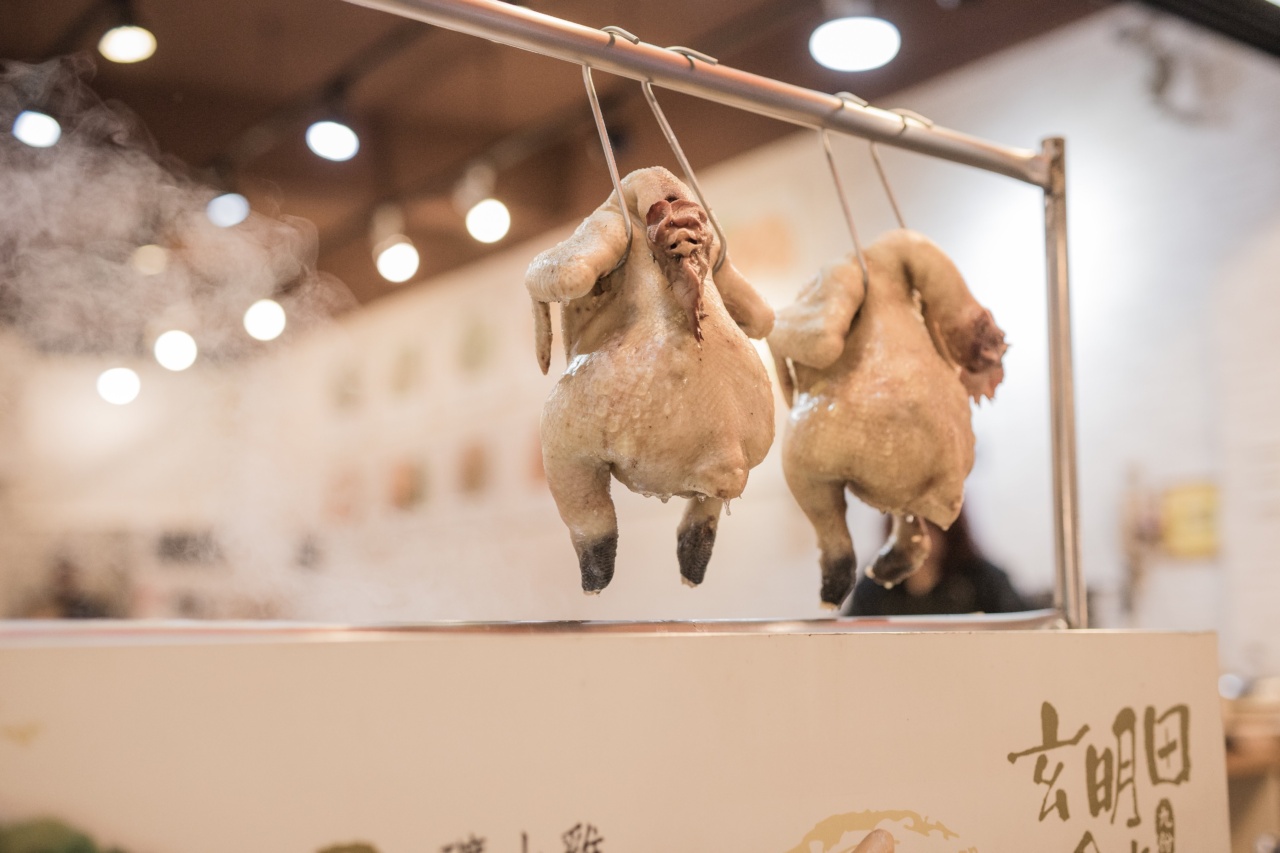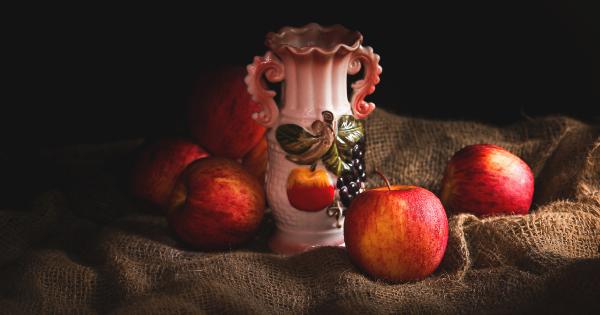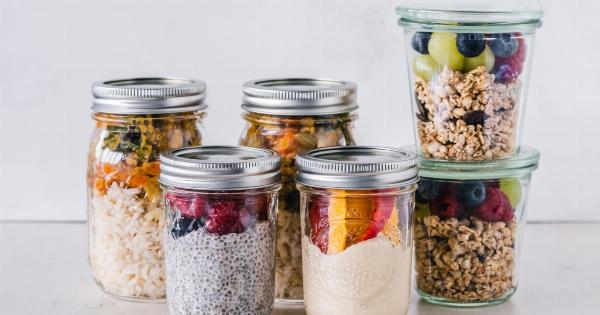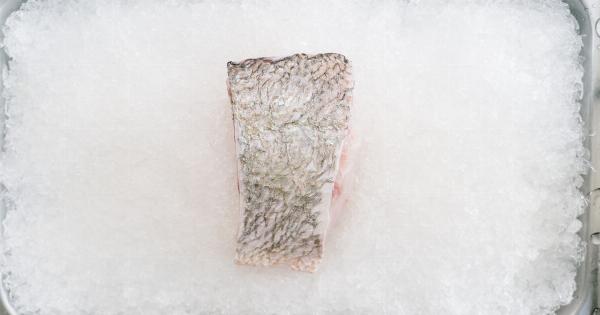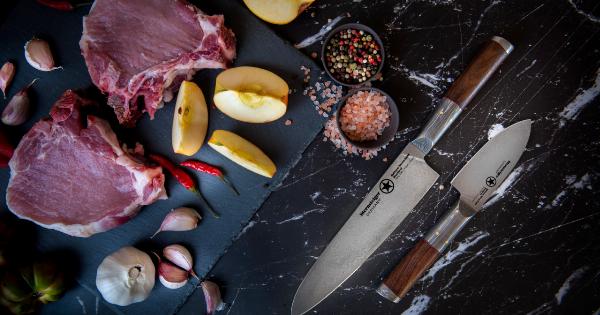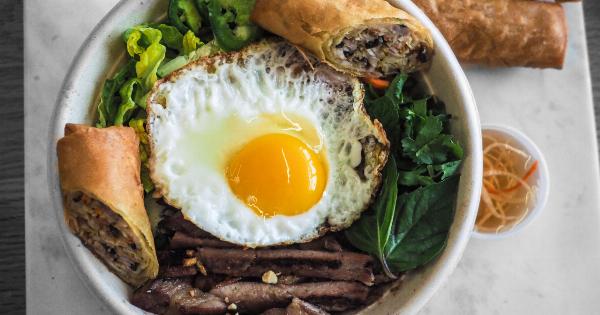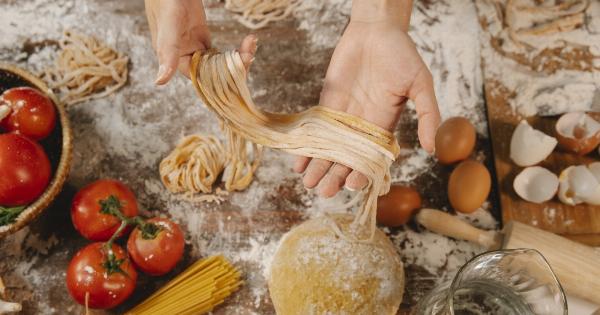Food is an important part of our daily life and people have been preparing food since the beginning of civilisation. However, food preparation is not just about mixing ingredients together, there is a lot of science behind it.
In particular, physics plays a significant role in several aspects of food preparation. In this article, we will explore the connection between food preparation and physics.
Heat Transfer
Heat transfer is one of the fundamental concepts in physics that is involved in most food preparation techniques. The three methods of heat transfer are conduction, convection, and radiation.
In cooking, heat is typically transferred through convection and radiation. For example, in an oven, heat is radiated through the oven walls and the air inside the oven convects the heat to the food. Similarly, in grilling, heat is radiated from the grill and conducted to the food.
Thermodynamics
Thermodynamics is another important aspect of physics that is applicable in food preparation. The laws of thermodynamics govern the behaviour of energy in food systems.
One of the most important concepts in thermodynamics is heat capacity, which is the amount of heat required to raise the temperature of a substance by one degree Celsius. This concept is particularly relevant when cooking meats, where the goal is to cook the meat to a specific temperature.
Emulsification
Emulsification is a physical process that involves the dispersion of small droplets of one liquid in another. Emulsifying agents, such as egg yolks, are required to stabilise the emulsion and prevent the droplets from coalescing.
Emulsions are an important component in several culinary preparations, such as sauces, dressings, and mayonnaise. The physics involved in emulsification is based on intermolecular forces, particularly between the hydrophobic and hydrophilic regions of the emulsifying agent.
Molecular Gastronomy
Molecular gastronomy is a discipline that applies scientific principles to food preparation.
Several concepts in physics, such as emulsification, viscosity, and elasticity, are used in molecular gastronomy to create unique dishes and flavour combinations. For example, in the preparation of foams, the physics of emulsification is used to create small air bubbles in liquids, which result in light and airy textures.
Baking
Baking is a method of food preparation that is heavily influenced by physics, particularly by heat transfer and thermodynamics. The heat in an oven is absorbed by the food through convection and radiation.
As the food heats up, the water within it begins to evaporate, which results in the expansion of gases in the food. This expansion causes the food to rise and become lighter in texture.
Pressure Cooking
Pressure cooking is a method of cooking that involves cooking food in a sealed container under high pressure.
This method speeds up the cooking process and allows food to be cooked at higher temperatures, resulting in faster cooking times and improved flavour retention. The physics involved in pressure cooking is based on Boyle’s Law, which states that the pressure of a gas is directly proportional to its volume at a constant temperature.
In pressure cooking, the pressure in the sealed container increases, which causes the temperature inside the container to rise, resulting in faster cooking times.
Food Preservation
Food preservation is an important aspect of food preparation that involves the slowing down of bacterial growth and spoilage. Physics plays a role in food preservation through the use of techniques such as freezing, canning, and fermentation.
In freezing, the water in the food is frozen, which slows down the chemical reactions that lead to spoilage. In canning, the food is heated to high temperatures, which kills the bacteria that cause spoilage.
Fermentation involves the chemical breakdown of carbohydrates by microorganisms, which results in the creation of lactic and acetic acid, which lowers the pH of the food, making it more resistant to spoilage.
Conclusion
The science of physics is an integral part of food preparation. From heat transfer to thermodynamics, the principles of physics are fundamental to understanding how food cooks and how it is preserved.
Molecular gastronomy has taken the application of physics to food preparation to another level, resulting in unique flavour combinations and textures. Whether you are cooking a casual dinner or preparing a gourmet meal, physics is an essential component of any culinary endeavour.
